Find currents in different branches of th electric circuit shown in figure.
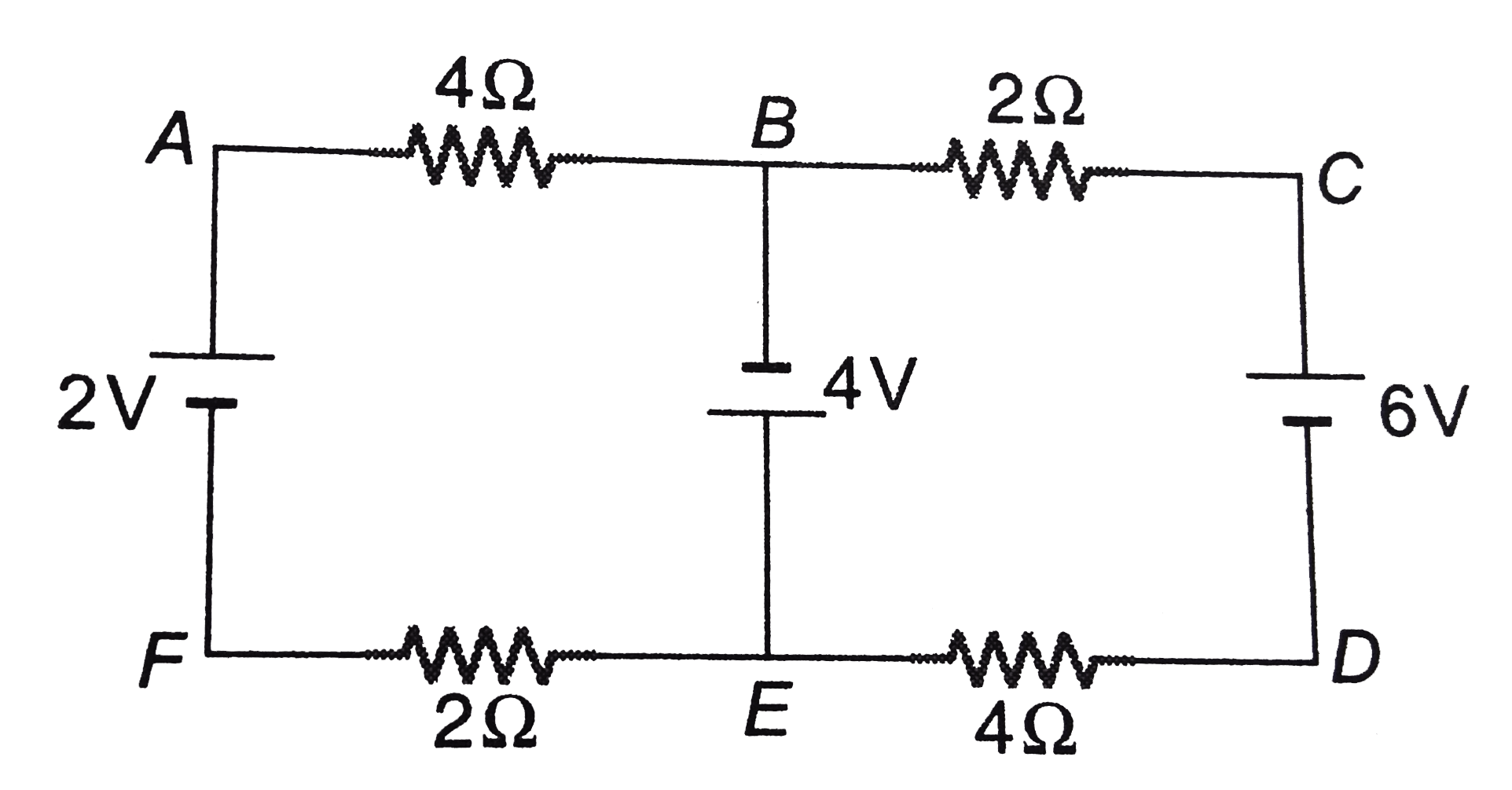 How to Proceed : In this problem there are three wires EFAB,BE and BCDE. Therefore, we have three unknown currents i1,i2 and i3. So, we require three equations. One equation will be obtained by applying Kirchhoff's junction law (either at B or at E) and the remainig two equations, we get from te second law (loop law). We can make three loops ABEFA,ACDF and BCDEB. But we have to chose any two of them. Initilly, we can choose any arbitrary directions of i1,i2 and i3.
How to Proceed : In this problem there are three wires EFAB,BE and BCDE. Therefore, we have three unknown currents i1,i2 and i3. So, we require three equations. One equation will be obtained by applying Kirchhoff's junction law (either at B or at E) and the remainig two equations, we get from te second law (loop law). We can make three loops ABEFA,ACDF and BCDEB. But we have to chose any two of them. Initilly, we can choose any arbitrary directions of i1,i2 and i3.
Video Solution
Text Solution
Applying Kirchhoff's firt law (junction law) at junction B,

Applying Kirhooff's second law in loop 1(ABEFA) …………….i
−4i1+4−2I−+2=0………..ii
Applying Kirchhoff's second law in loop 2 (BCDEF),
−2i3−6−4i+3−4=0 ............iii
solving eqs i, ii, and iii we get
i1=1A
i2=83A
i3=−53A
Here negative sign of i3 implies that current i3 is in opposite direction of what we have assumed.
|
Topper's Solved these Questions
- CURRENT ELECTRICITYBOOK - DC PANDEY ENGLISHCHAPTER - CURRENT ELECTRICITYEXERCISE - Example Type 1
2 Videos
- CURRENT ELECTRICITYBOOK - DC PANDEY ENGLISHCHAPTER - CURRENT ELECTRICITYEXERCISE - Example Type 2
1 Videos
- COMMUNICATION SYSTEMBOOK - DC PANDEY ENGLISHCHAPTER - COMMUNICATION SYSTEMEXERCISE - Subjective
11 Videos
- ELECTROMAGNETIC INDUCTIONBOOK - DC PANDEY ENGLISHCHAPTER - ELECTROMAGNETIC INDUCTIONEXERCISE - Medical entrances gallery
25 Videos
Similar Questions
Find currents in different branches of the electric circuit shown in figure.
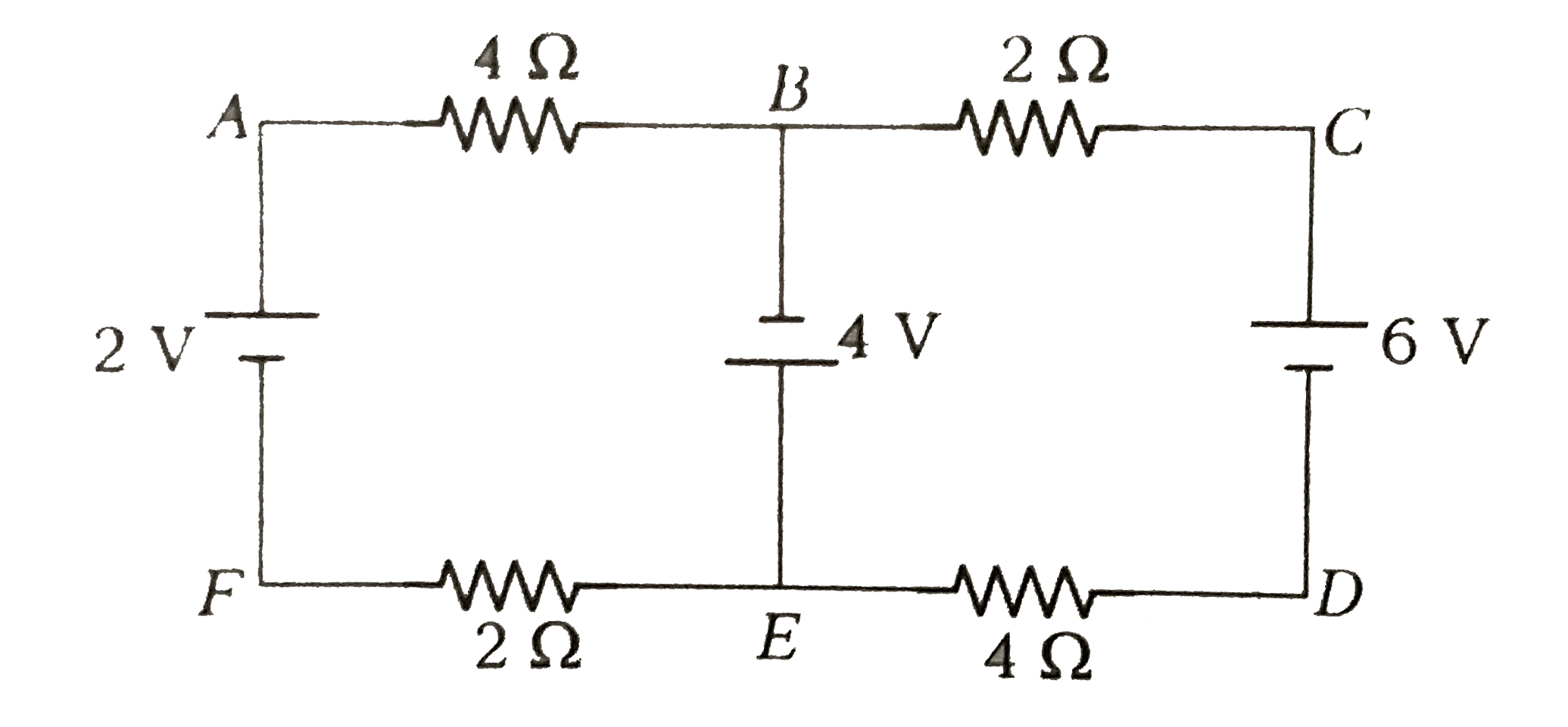
View SolutionIn the circuit shown in the figure,

View SolutionFor the circuit shown in the figure current I will be

View SolutionIn the circuit shown in the figure
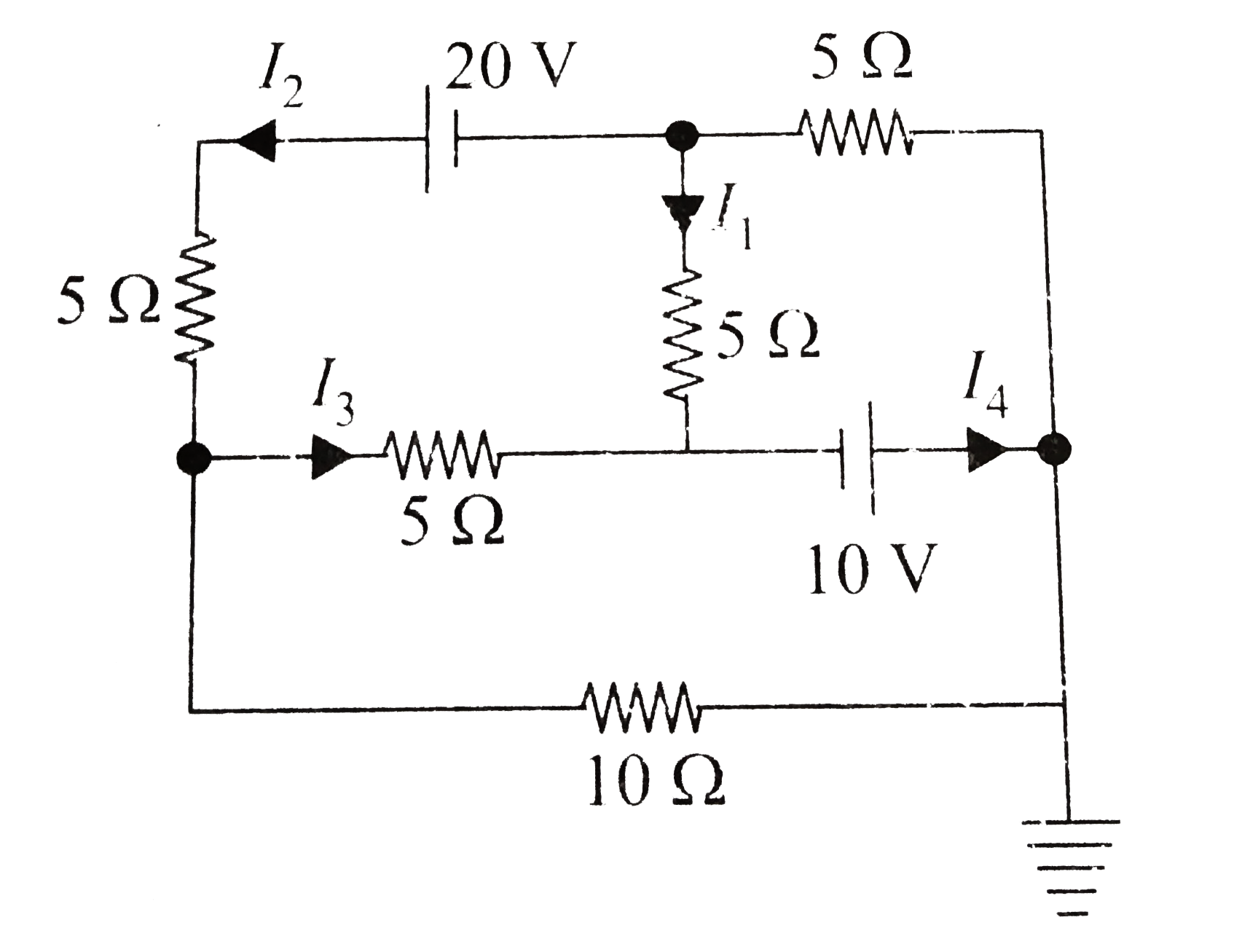 .
.
The value of current I4 is
View SolutionIn the circuit as shown in figure, the ratio of current i1/i2 is
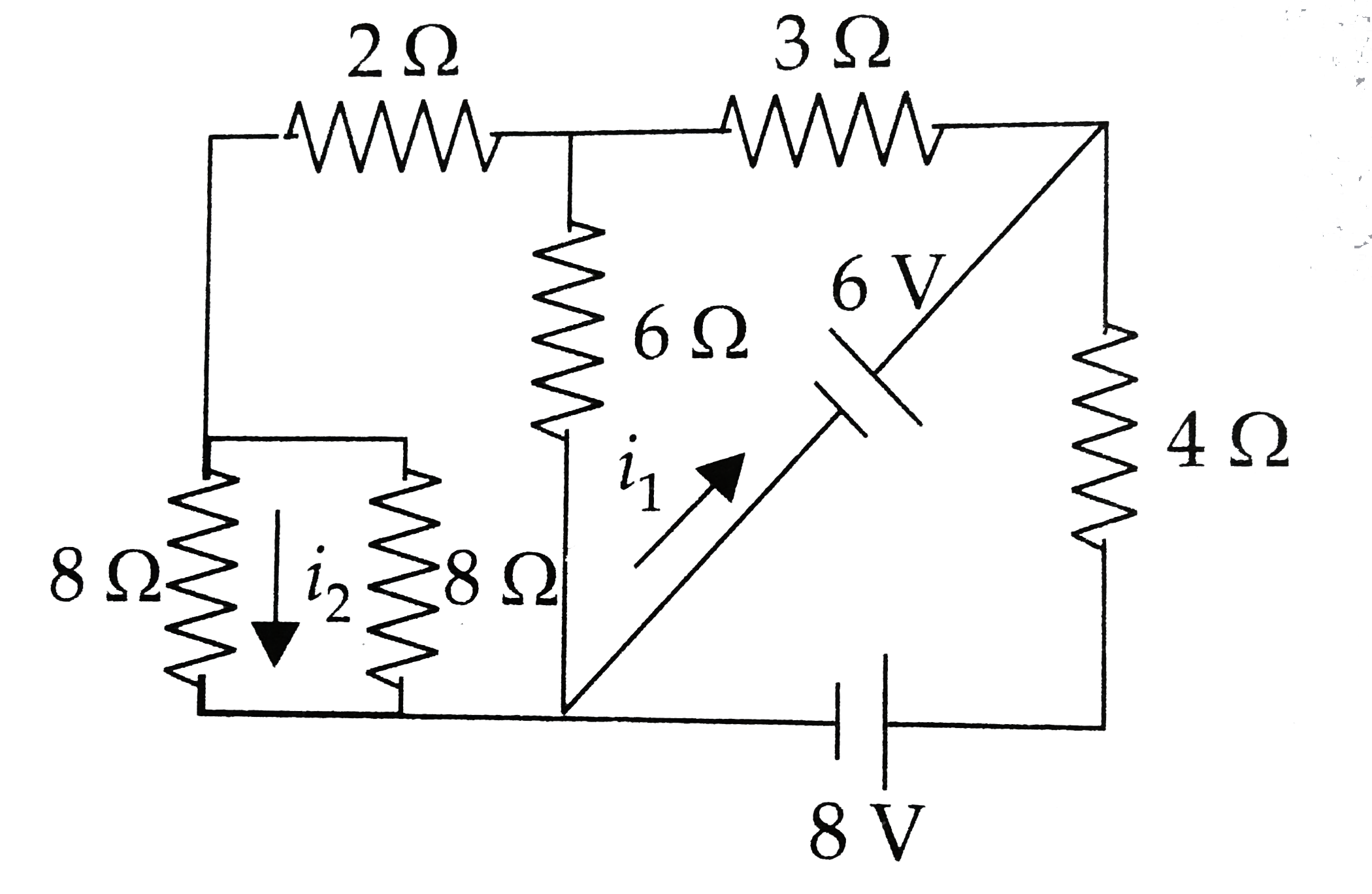
View SolutionIn the circuit shown in figure ,find the ratio of currents i1/i2.
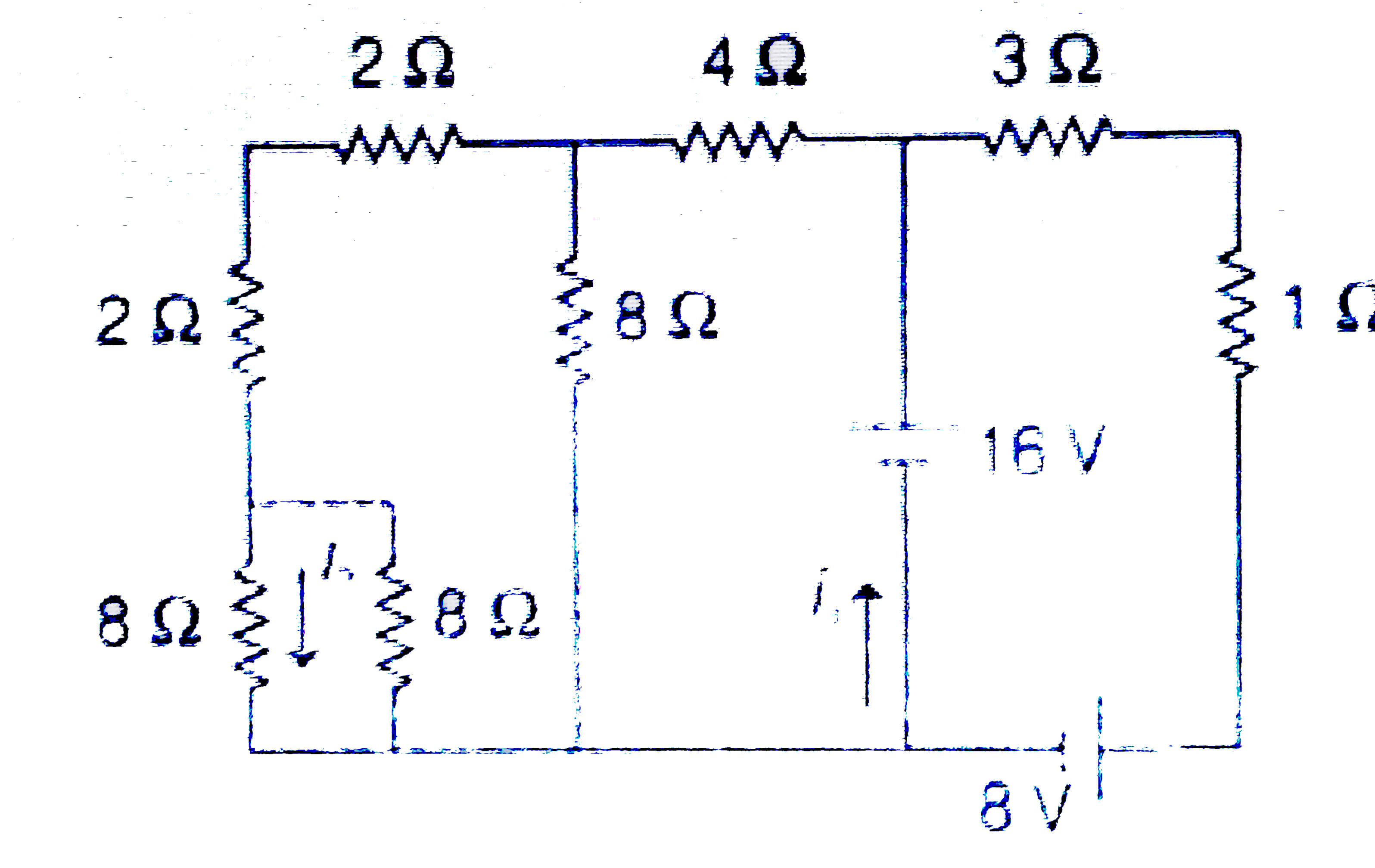
View SolutionConsider the circuit shown in the figure. The current I3 is equal to
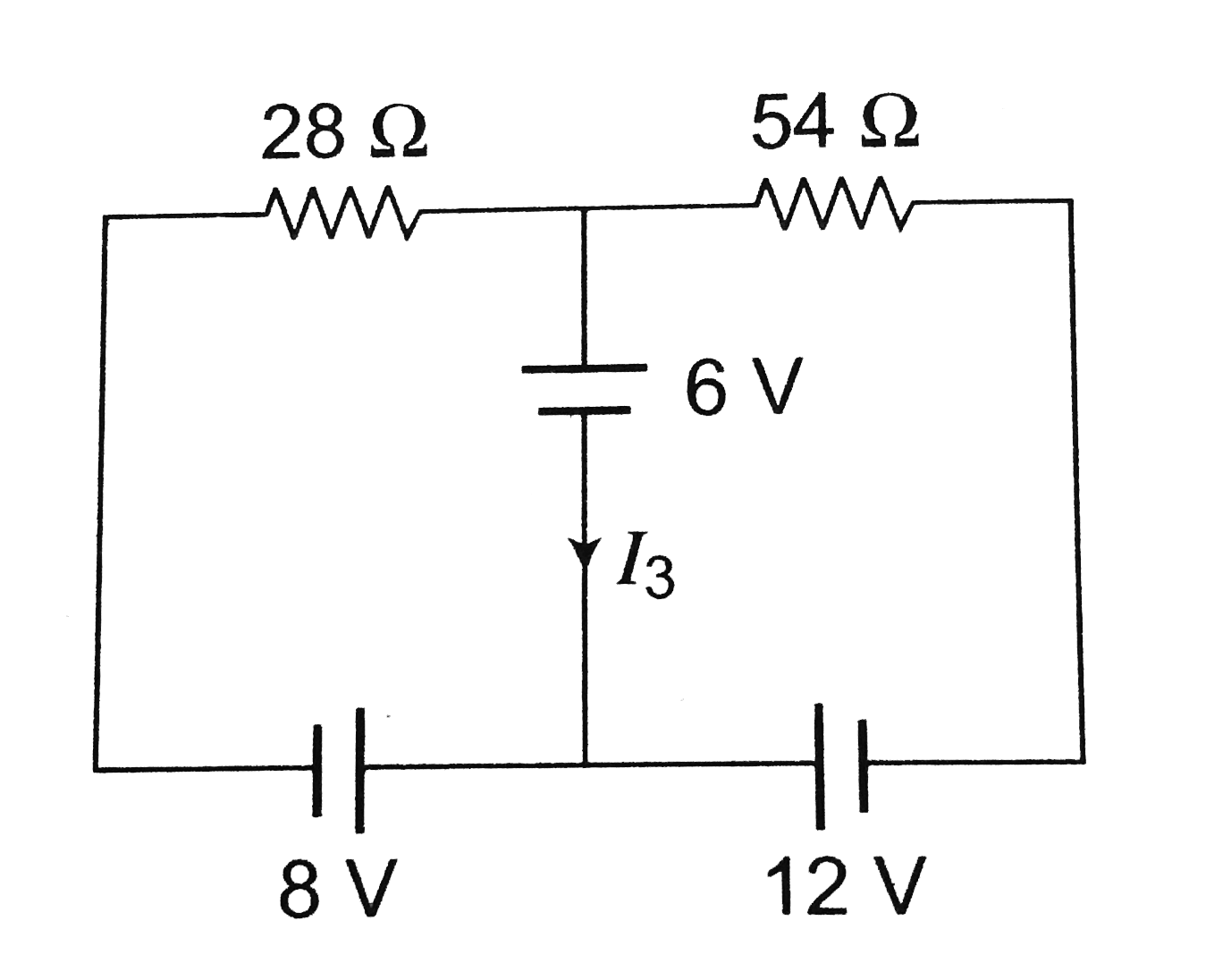
View SolutionFind the current in each wire applying only Kirchhoff voltage law
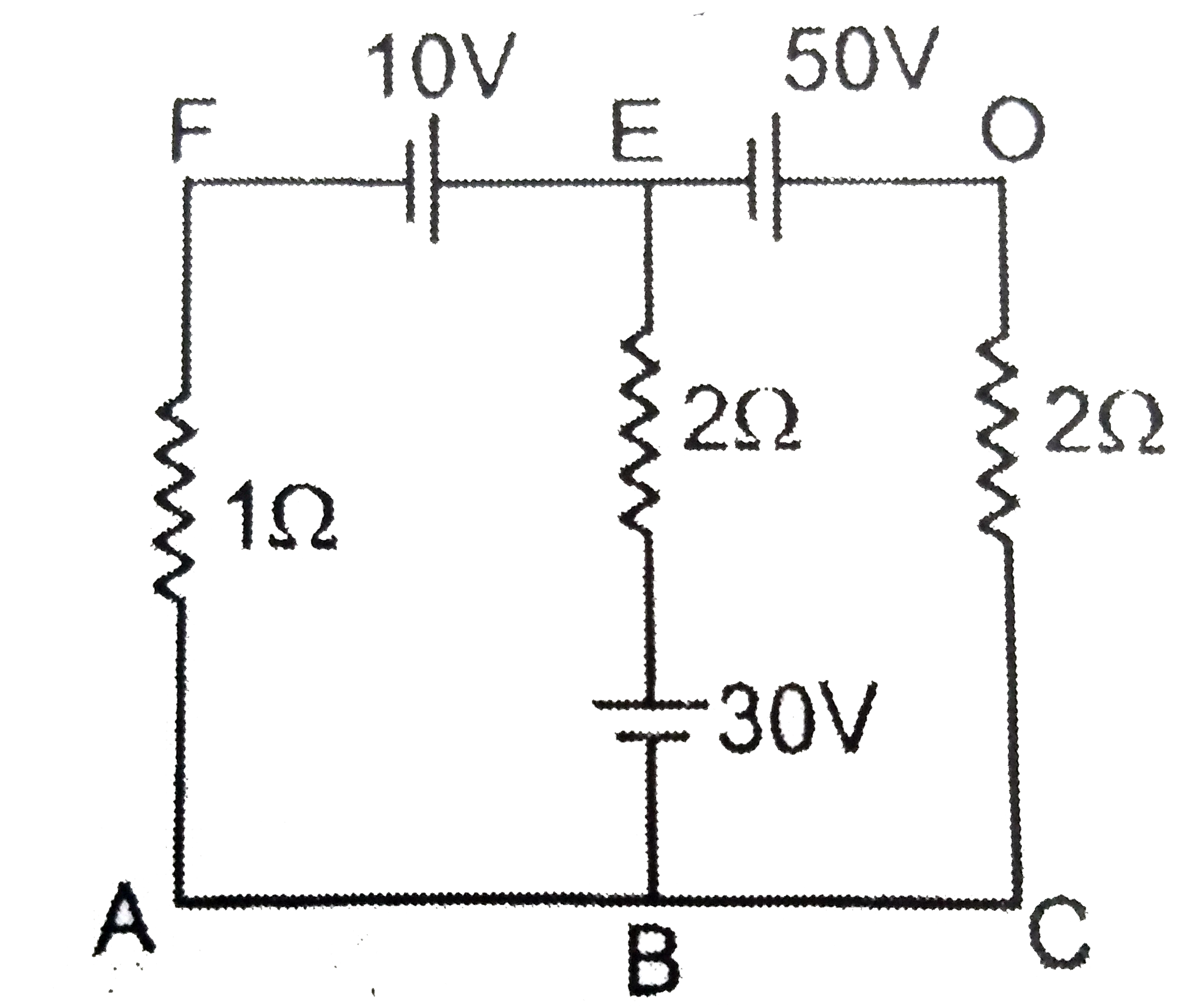
View SolutionIn the circuit shown, the currents i1 and i2 are
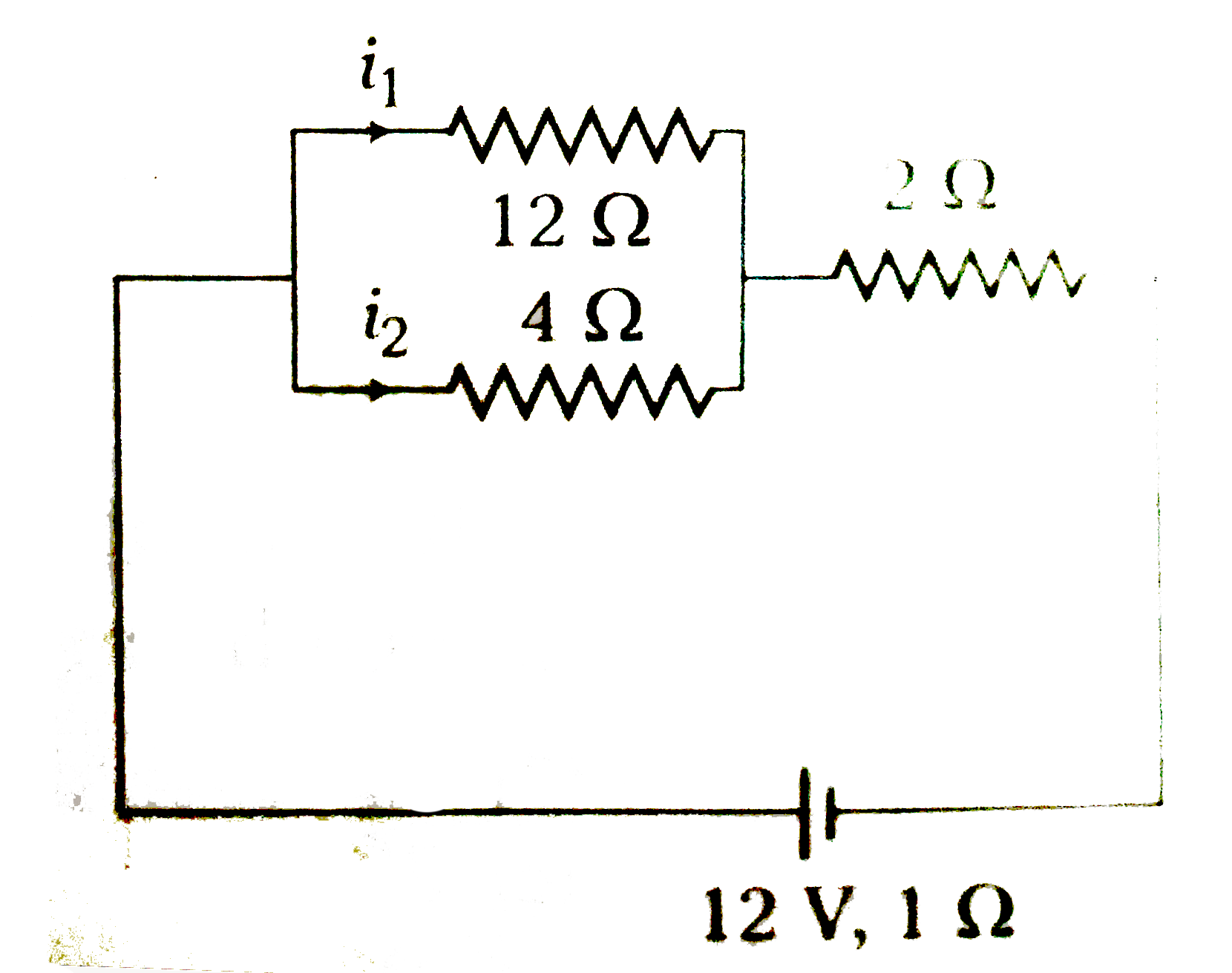
View SolutionCurrent I as shown in the circuit will be

View Solution
